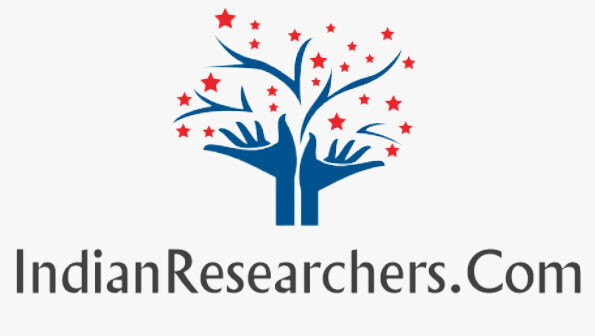- 10-Day ICSSR-Sponsored Research Methodology Course for Social Science Scholars at SPIERS, Ahmedabad (15-24 April 2025)
- UGC-CARE Journal Listings Discontinued: What It Means for Researchers
- Free ICSSR Sponsored Ten-Day Research Methodology Course in collaboration with Karnataka State Open University
- UGC Proposes New Rules for University/College Teachers: Now Teachers will have to prove Notable contributions in at least four areas
- 5Days Free Workshop by Indian Institute of Technology Varanasi on ACADEMIC WRITING FOR RESEARCH SCHOLARS
Digital Marketing Course
The Digital Marketing Framework
what exactly is a digital marketing framework or digital strategy framework?
In simple terms, it’s a document that outlines the flow of the marketing process, identifying critical requirements and key touch-points. It ensures you miss nothing in the complex process.
There are many different types of digital strategy frameworks, tackling different aspects of the practice, from communications to planning to strategy. Some integrate all, while others target a specific aspect. When creating your own, you must know your business needs and priorities to come up with a model that suitably accommodates your objectives. Use these basic digital marketing models below to guide you through the process of creating yours.
1. RACE Planning
Created by learning platform Smart Insights, RACE is a mnemonic that stands for Reach, Act, Convert, Engage. These four steps refer to online marketing activities you must have as you engage with customers in different channels in different stages of their journey.
- Reach involves building awareness and visibility of your brand, driving traffic to your website and social media pages. Some of your key performance indicators here are website traffic, external links, online engagement, and earned media, among others.
- Act (short for Interact) involves encouraging people to make a certain action on the site or the social media page. Some of your key performance indicators here are bounce rate, time on site, and number of newsletter sign-ups, among others.
- Convert involves converting loyal fans to paying customers. Some of your key performance indicators here are number of leads, conversion rate, sales and revenue, among others.
- Engage involves building strong relationships with customers to promote retention. Some of your key performance indicators here are customer churn rate and repeat customer rate, among others.
2. Marketing Funnel
This is one of the most used digital strategy frameworks, showing the journey customers take when engaging with your brand, starting with finding out your products and services to buying from you. The marketing funnel has four levels:
- Awareness. This is when a potential customer sees your social media post or banner ad or hears about your brand from an influencer or a friend.
- Interest. A potential customer is hooked on your brand, visiting other online platforms or checking reviews to learn more about you.
- Consideration. A potential customer acknowledges their problem and your brand as the solution.
- Action. The potential customer takes action, buys a product or books an appointment with you.
3.Flywheel Model
The Flywheel, a model created by Hubspot, puts customers at the heart of all business processes. It’s better understood in contrast with the marketing funnel. In the funnel, the customer is the end-all-be-all. In the Flywheel, it’s the driving force. It’s the very thing that “spins” or energizes the entire strategy.
With customers at the center of the digital strategy framework, they’re surrounded by sales, marketing, and support teams, each one aiming to enhance the purchase experience, which largely includes minimizing “frictions” or anything that slows down the spin of the flywheel. Similar to other models, it shows the buyer journey, summarized in three phases:
- Attract. Earning people’s attention and reducing barriers to awareness.
- Engage. Building rapport and making it easy for customers to talk with you.
- Delight. Supporting and empowering customers to reach success. When they achieve it, they’re more likely to talk about their experience with others, which expands business opportunities.
